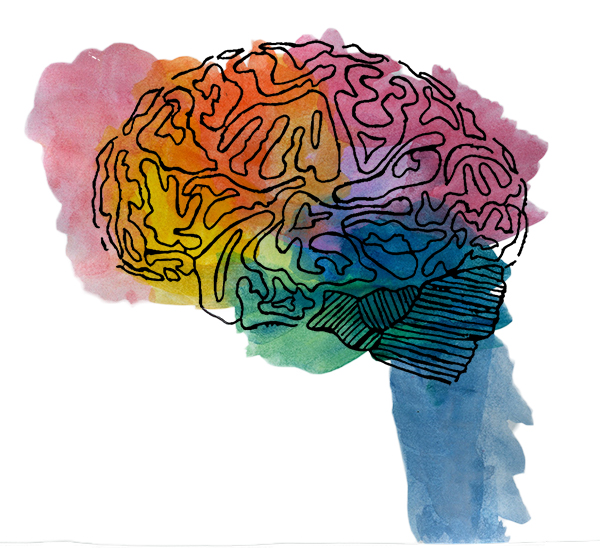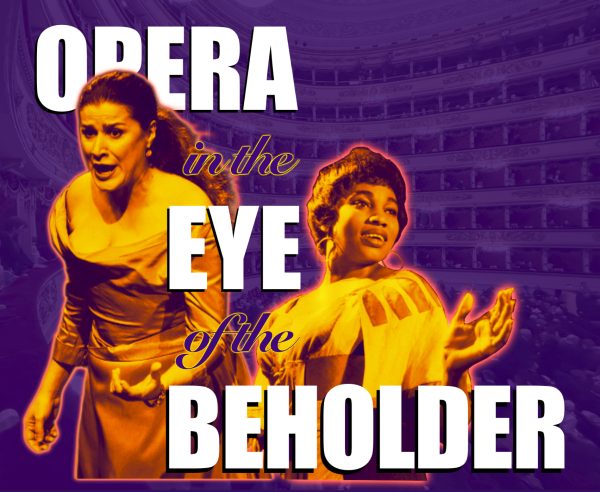Box me in, I dare you
breaking the constraints created by personality types

Art by Katie Look and Isabel Hadly
Notice the student who sits quietly at their table; they are poilet but shy, and do not often raise their hand in class. In other words, this person is an introvert. On the other side of the spectrum, there’s the student who always has something to say; they challenge the teacher and have a friend in every class. This is an extrovert. From the beginning of their schooling most children are put into a box based on their personality, categorized as an introvert or an extrovert. But it is not as simple as these two groups. When looking at personality, one should recognize that our external environment plays an extensive role in how we react to experiences. By being constrained to these personality types, it is predetermined what type of learner, worker, and friend you are going to be.
Paly students are subject to these stereotypes as well. The Myers-Briggs Type Indicator (MBTI) test is a personality test that is incorporated into the required living skills class at Paly to identify which personality type students fall into. When James Hamilton, a guidance counselor at Palo Alto High School, was questioned about the reason behind why students take the test he said, “The personality test breaks people down into different personality types and shows what people who are those personality types have tended to be happy doing.” However, when we look closer into the origins of the test there is less scientific evidence then one would predict. When asked about the origins of the test Hamilton responded, “Where it originates from I do not know.”
The test was created by Katharine Cook Briggs and her daughter Isabel Briggs Myers. These women had no scientific schooling and based the MBTI off theories they formed from their research but the test is not based on fact. The MBTI test is not only used in schools but also by many industries. Your personality category follows you through your life and can influence the career you choose, the people you associate with, and the risks you take. The question we need to ask ourselves is: should we let tests like these put us in a box and put restrictions on how we define ourselves?
Sarah Raposo, a Ph.D. Candidate in Psychology at Stanford University who specializes in personality psychology, states that, “There are other really important parts of you that your personality does not capture, like your goals.”
A majority of people do not know the actual definition of personality. Many people determine their personality by how they interact with their surroundings and their peers. This usually limits people to categorizing themselves as an extrovert or an introvert. Personality tests such as MBTI prevent people from learning about themselves and force them into a box.
“There are other really important parts of you that your personality does not capture, like your goals.”
– Sarah Raposo
Raposo helped elaborate on the idea of a person having multiple personality traits, “Probably the five most well-known traits are openness to experience, conscientiousness, extraversion, agreeableness, and neuroticism (or tendency to feel negative emotions). This collection of traits leads to a much richer and more nuanced view of someone’s personality than grouping people into categories,” Raposo said.
When people consider their personality, they should take into account much more than whether someone who can perform on stage in front of a crowd or controls the lights behind the scenes. By grouping people into categories prejudice is created between peers and, more importantly, within ourselves. If you are confined to a category, certain doors are automatically closed. Raposo feels naming yourself a personality type can have dangerous effects. “People make decisions all the time to put themselves in environments that aren’t perfectly suited to their personality. “[For example,] if someone who is more introverted has a goal of becoming more extraverted or of making new friends, they too may go to the loud party,” Raposo said.
It is also important to realize that the human brain does not stop developing until around one’s mid-twenties to early thirties. Therefore, our perspectives and opinions are constantly changing as we learn more through experiences. This completely contradicts the importance of personality types as one’s results vary day to day. It is important to understand that the human psyche is a complex assortments of emotions and deciding that all of those thoughts can be narrowed down to constraining categories is preposterous. As a high school student with an infinite amount of possibilities for the future, teachers should be creating a place where people feel free to explore the nooks and crannies of their personality. Rather than encouraging students to conform to their personality type they should be taught they they have the freedom change, explore and take chances.
As Raposo states, “Personality is a term that captures an individual’s general tendencies that differentiate them from other individuals. Your personality does not determine who you are or who you are going to be.”







